Protected: SPE Concepts and Themes – Part 2
There is no excerpt because this is a protected post.
There is no excerpt because this is a protected post.
There is no excerpt because this is a protected post.
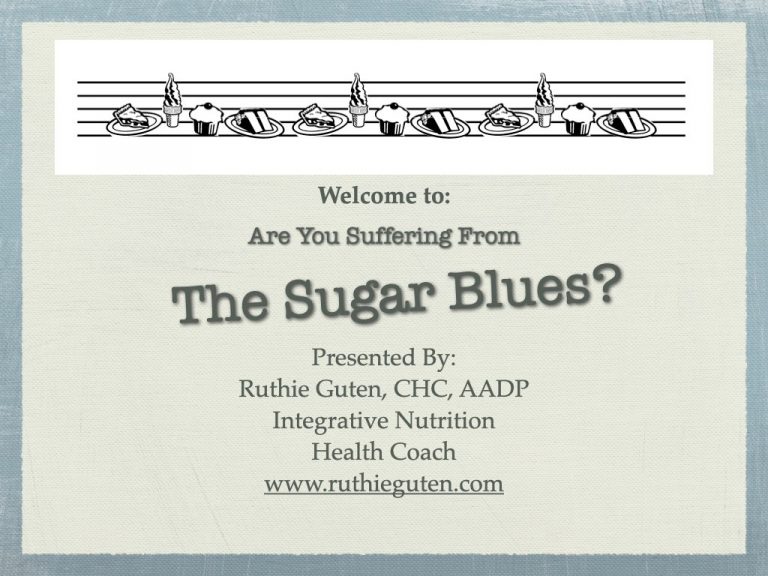
I’m so blessed to have found an amazing community of souls that share similar perspectives. We push each other to grow and encourage each other to reach beyond our own limits of comfort, in order to share information that we have with others. It is often so easy to think that EVERYONE knows what we…
Video Demo: Pattern Followed: https://cdn.shopify.com/s/files/1/0711/5132/1403/files/BRK0815-008845M.pdf
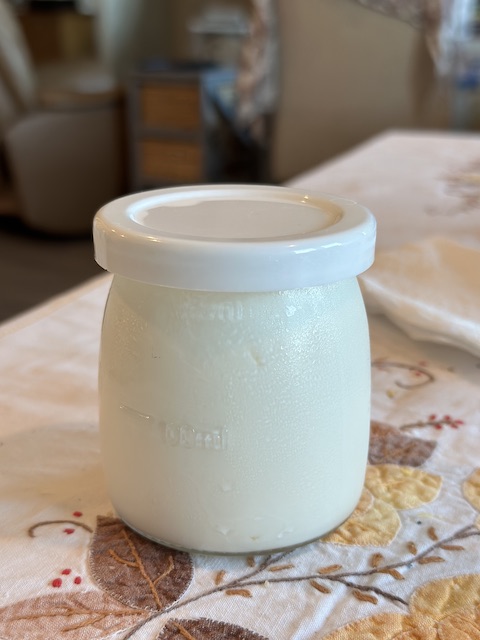
I’m certainly enjoying this yogurt-like goodness. https://www.luvele.com/blogs/recipe-blog/new-improved-l-reuteri-yogurt-method https://pubmed.ncbi.nlm.nih.gov/36286493/
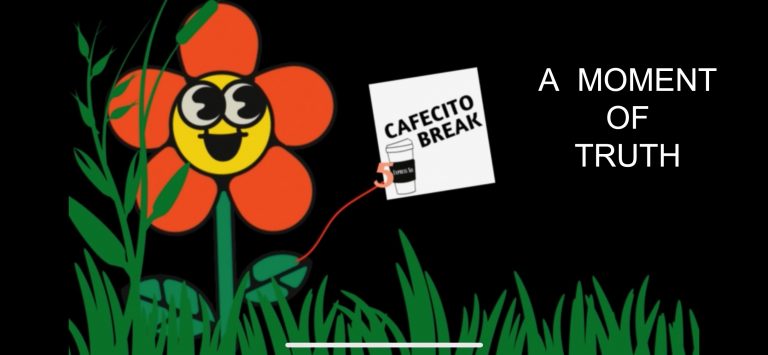
Yesterday, I was inspired to start a new Cafecito Break series called “A taste of TRUTH”, where we feature posts published on Truth Social that inspired me. Here’s my inspiration for today, brought to you by Truth Social user Laura Faye (@laurafaye). I’d like to add that it’s important for us to never suppress our…
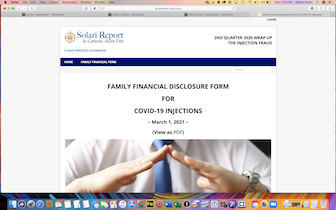
Your Finances and the Covid-19 Injection – How are they related? I was recently listening to a financial podcast where the host mentioned that the beneficiaries of a person that has died within a year of having the Covid-19 injection may not be entitled to the life insurance funds in the victim’s policy. I did…
Water – Its Blessings and Healing This article was first published on May 28, 2015. I am re-publishing with the intention of reviewing fundamentals of staying healthy during these stressful times. Why is water so important? Many of us are aware of the importance of drinking enough water. Getting our daily dose of water helps…
Stay Healthy I received recommendations from several doctors that I consider mentors and I’d like to share them with you. DISCLAIMER: ALWAYS CONSULT YOUR HEALTH CARE PROVIDER TO MAKE SUCH DECISIONS. Dr. #1: Fundamentals are first. This means diet, sleep and your faith. 1st suggestion: I would encourage everyone to get high quality protein (ocean…
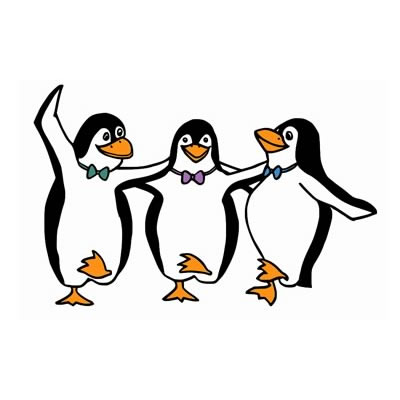
Shake What Ya’ Mama Gave You Last year, I responded to a challenge from from my Cafecito Break Monday Morning Co-Host, Rosangel Perez. She challenged me to create a daily video for the Gratitude Movement on FB called “29 Days of Gratitude – Love Lives Here”. Although I was unable to complete the challenge for the entire 29 days,…
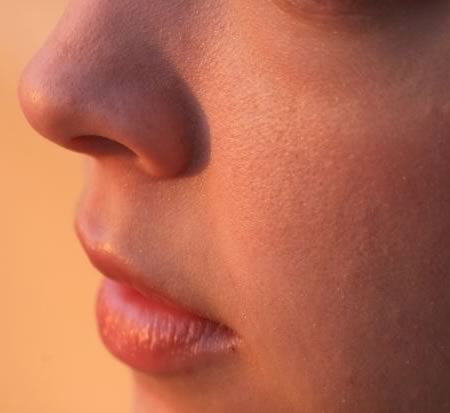
How To Feed & Protect Your Skin As I wrote in last week’s article, How To Find Yourself By Doing What You Love, I was a wreck in my earlier years and my skin reflected it: the skin on my abdomen looked mottled and I had an incessant allergic-looking rash on my arms. It wasn’t…
Food Focus: Mesclun What is Mesclun? I didn’t know either. That is, until we received an order from the Organic Food Coop we used to use before we bought our Tower Garden. Here’s the Wikipedia version: “Mesclun is a salad mix of assorted small, young salad green leaves, that originated in Provence, France. The traditional mix…
BALi Food Plan I am often asked which food plan I recommend. The answer is usually the BALI food Plan. Here’s why… The BALi food plan was developed by Dr. Roby Mitchell, M.D. (read his credentials). BALI stands for: Basic, Antifungal / Antioxidant, Low Insulin. The list can be downloaded from Dr. Mitchell’s Dr. Mitchell’s…
Having a good night’s sleep is important to our quality of life in many ways: Lack of sleep affects our mood. Lack of sleep affects our health. Lack of sleep affects our productivity. I can only speak for myself. When I don’t get enough sleep and I don’t feel adequately rested, my mood can swing…
The Music of Your Heart In response to a challenge, I’ve been posting videos on Youtube that correspond to the Gratitude Movement (on FB)’s 29 Days of Gratitude – Love Lives Here. Here is my first YouTube video, challenging you to Listen to the Music of your Heart: